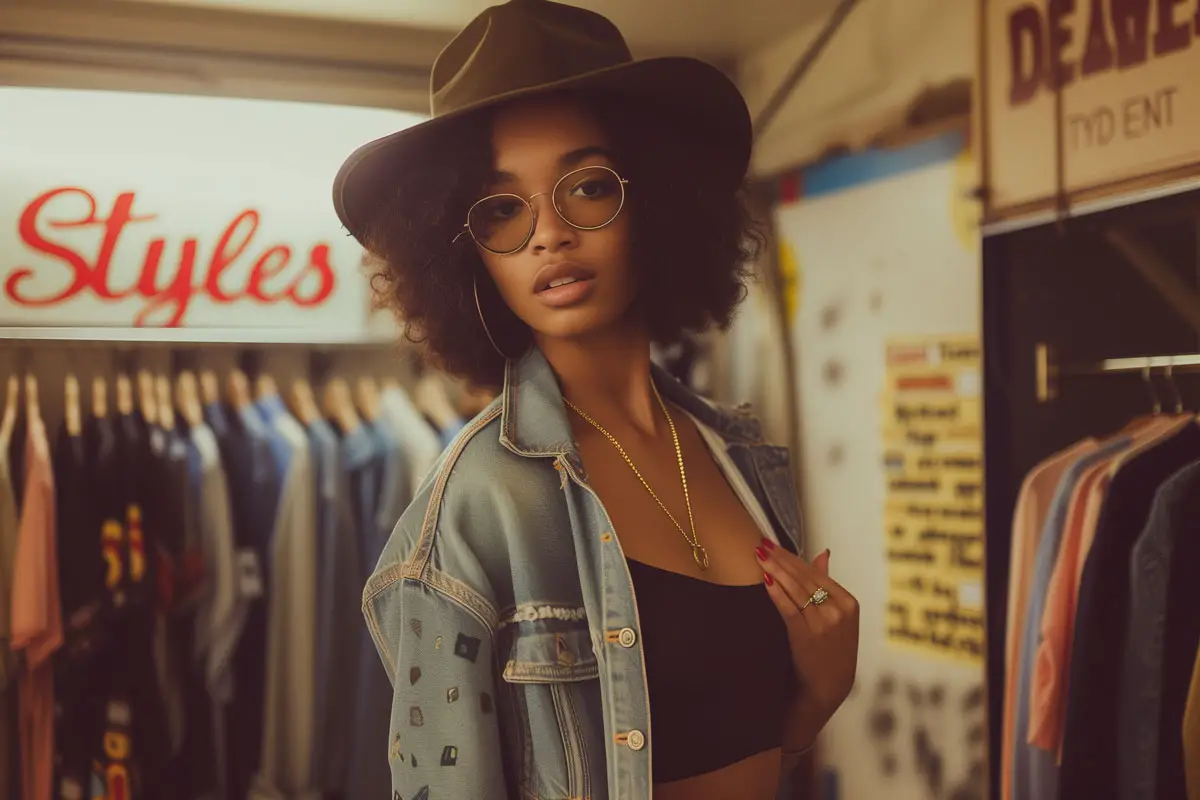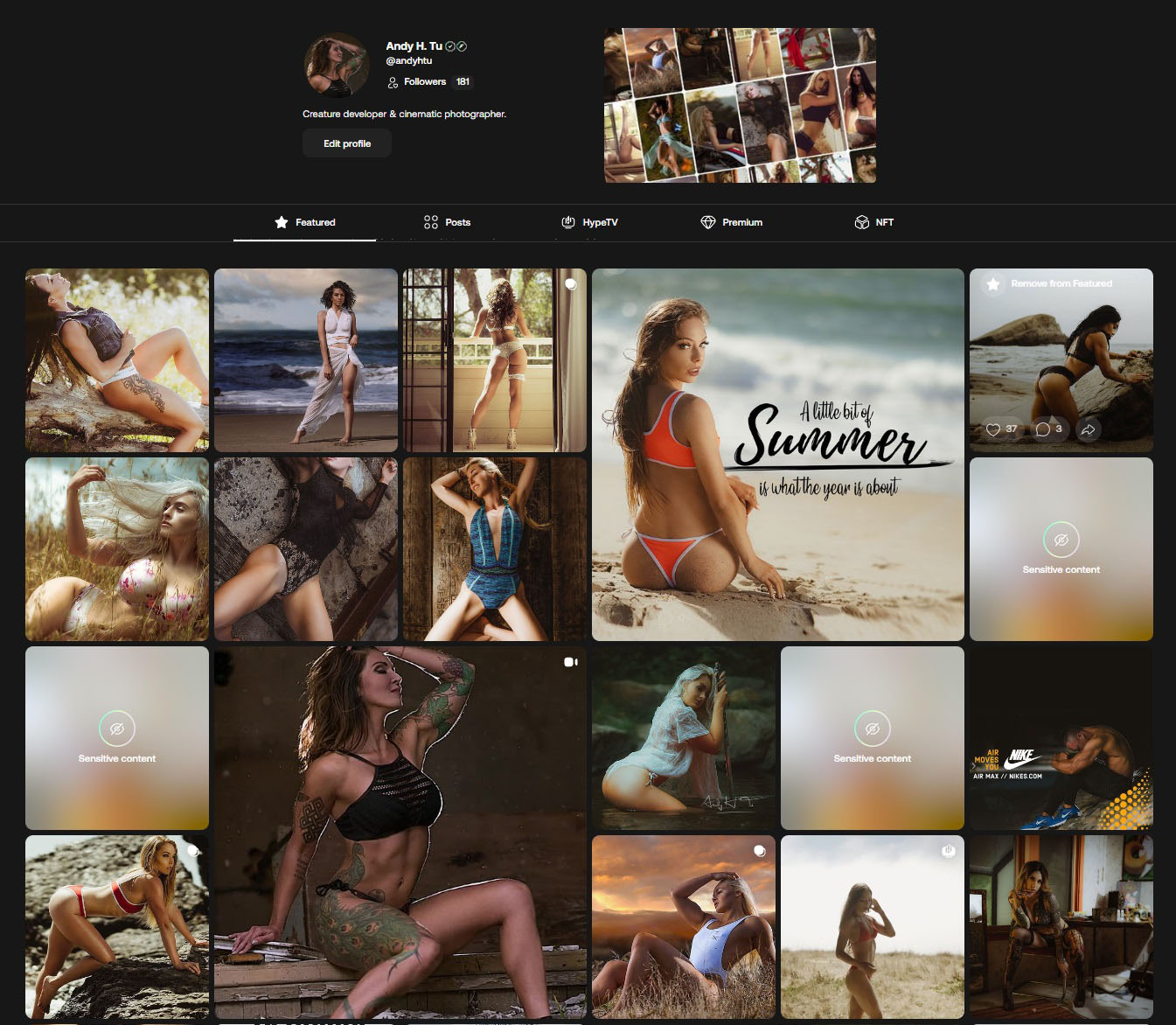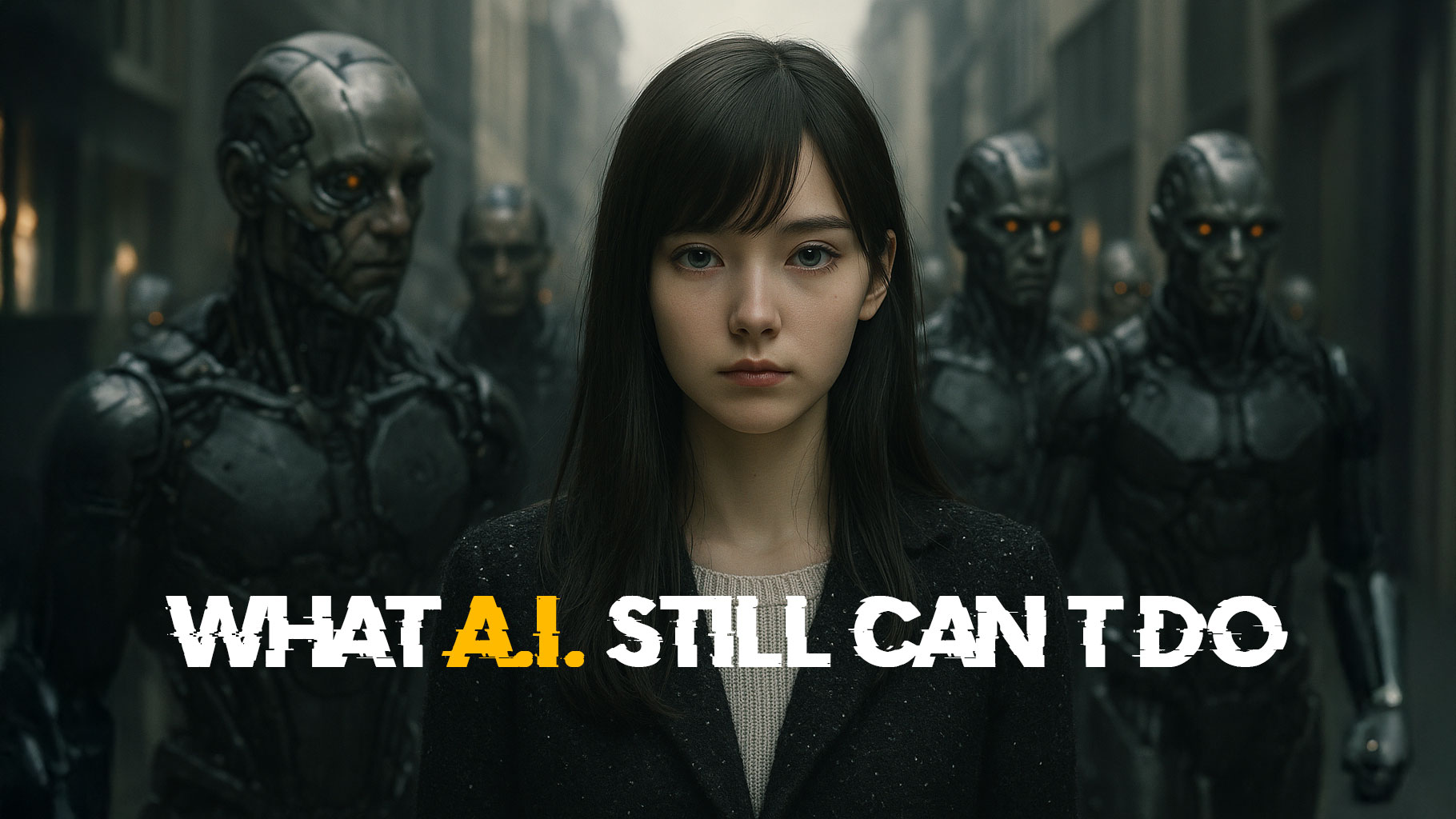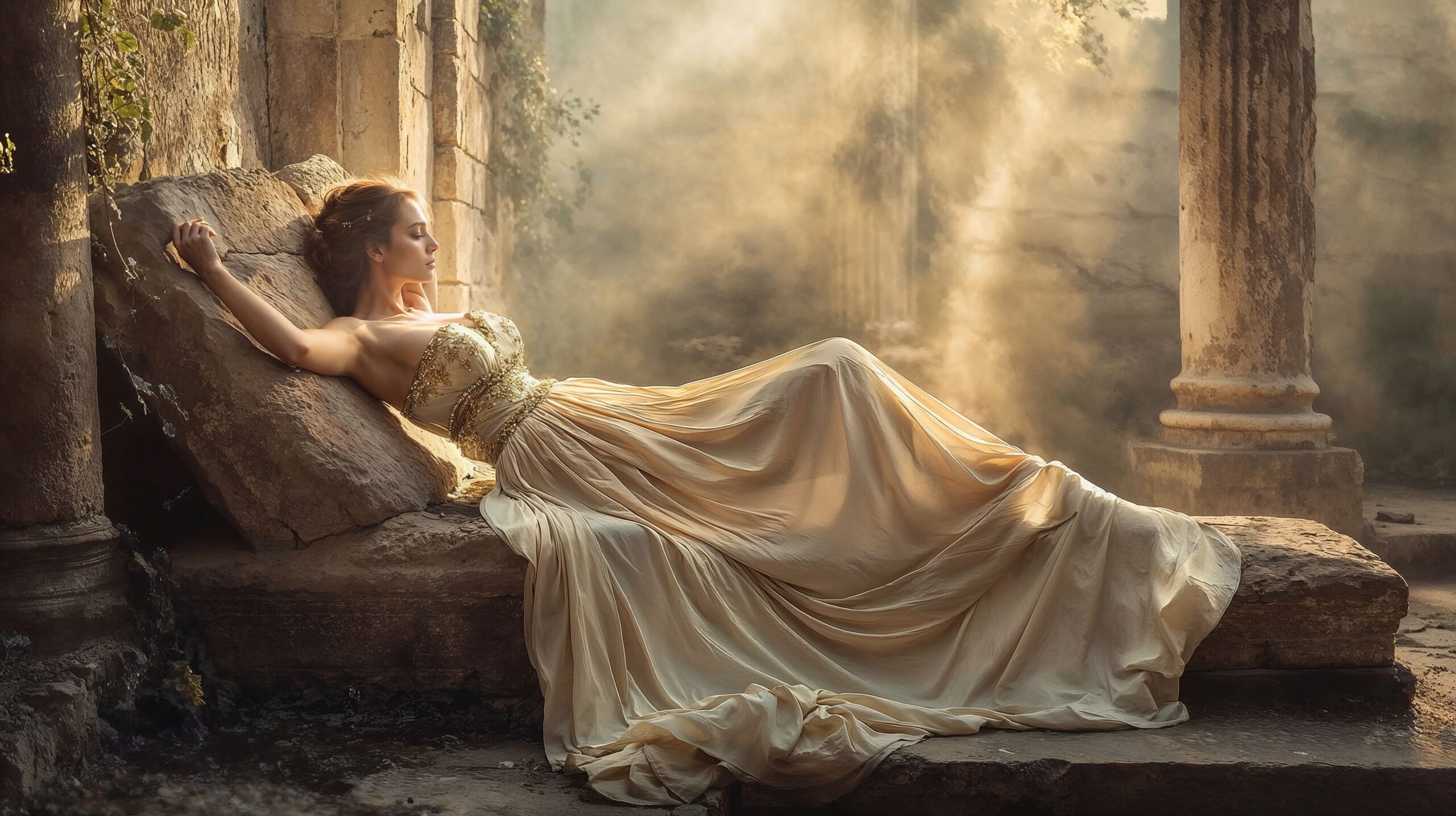
What is Stable Diffusion style? From 2D to 3D and Beyond with AI Diffusion
Visual art has always been a reflection of the times, mirroring the technological advancements and cultural shifts of each era. From the flat, two-dimensional representations of early cave paintings to the immersive, three-dimensional worlds created by modern CGI, the evolution of visual art is seeing something completely new with the current AI Diffusion models, but what do we call this Stable Diffusion Style? AI Diffusion? 4D?
Today, we are in a transition in visual art, brought about by the advent of AI Diffusion models. This technology, which includes the Stable Diffusion and its next-generation model, Stable Diffusion XL (SDXL) 1.0, is set to disrupt the film and animation industry, bringing something completely new that was once limited within 3D space.
Table of Contents
The Language of AI Art
It’s important to familiarize ourselves with the terminology the developing field of AI Art. Here’s a brief glossary of terms that are often used in the context of AI Art:
- AI Art or Artificial Intelligence Art: This broad term refers to art—be it illustrations, photographs, or digital drawings—generated by artificial intelligence algorithms and systems.
- Generative Art: Often used to describe art created with the use of an autonomous system, which in this case would be an AI model.
- Algorithmic Art: This term is used to describe art created with the use of algorithms, which form the basis of AI models.
- Neural Network Art or Deep Learning Art: These terms are used when the art is specifically generated by neural networks or deep learning models, which are types of AI models.
- Style-Specific Terms: Depending on the specific AI model used and the style of the output, more specific terms may be used. For example, art created with the Stable Diffusion model might be referred to as “Stable Diffusion Art”.
These terms can be used interchangeably and may vary depending on the context. As the field continues to evolve, new terms may emerge to describe the unique styles and techniques developed with AI art generation tools.
In the context of the evolution of art forms, the transition from 2D to 3D was a major leap in visual arts. Now, with AI models like Stable Diffusion and Sora, we might be witnessing another significant shift. This could be seen as a move from static to dynamic, from fixed to fluid, or as a move from 3D to a new form of art that transcends traditional spatial dimensions. However, the terminology to describe this new stage in the evolution of art is still being explored and defined.
What is Stable Diffusion Style?
Stable Diffusion, in the context of visual art, could be considered as a step beyond 3D. If we think of 2D as flat images and 3D as images with depth and volume, Stable Diffusion could be seen as a form of 4D art.
This doesn’t mean it adds another spatial dimension like 3D does to 2D. Instead, the fourth dimension here could be considered as the creative dimension. It’s a dimension that adds depth in terms of style, imagination, and surrealism.
Stable Diffusion takes a textual prompt and transforms it into an image, often resulting in visuals that are surreal, distinctive, and imaginative. It’s like giving an artist the ability to create a new reality that transcends the traditional boundaries of 2D and 3D art.
In essence, Stable Diffusion is not just about adding another dimension in the spatial sense, but about expanding the creative possibilities of visual art. It’s about transforming static images into dynamic, moving pictures, and bringing the details in a still image to life. It’s a style that allows us to turn the details in a still image into a dynamic, moving picture, essentially breathing life into a painting and allowing the artist’s vision to come alive in a way that was previously unimaginable.
So, while it’s not 4D in the traditional sense, Stable Diffusion represents a new dimension. It’s a leap forward that promises to revolutionize the way we create and perceive art. Right now we will just call it AI Diffusion.
Sora: The Next Leap in the Evolution of Art
OpenAI has recently announced a new AI model called Sora. This revolutionary model represents a significant leap in the evolution of visual art, pushing the boundaries of what is possible with AI. As an artist and a writer, I’ve recently been fascinated by the potential of AI to transform the way we create and perceive art. On my site, I write a lot about Stable Diffusion, an AI model that I use frequently. The reason I gravitate towards Stable Diffusion is because it is open source and uncensored.
The Importance of Freedom in Art
To me, nothing is more important than the freedom of open source and uncensored work. I believe that when we give in to censorship, we risk losing our ability to create freely. Censorship, in my view, takes away our freedom and stifles our creativity. That’s why I choose to work with Stable Diffusion. It has a huge community support, and while it may not be the best in every aspect, it offers the freedom that I value so much.
The Beauty of AI-Generated Art
When it comes to the most beautiful image generation, I find Midjourney and OpenAI’s DALL-E to be the best. DALL-E, in particular, has an excellent natural language understanding, making it easy to work with. These models can generate stunning visuals that are not only beautiful but also deeply expressive.
The Future of Art with Sora
As we continue to make strides in AI art, I can’t help but wonder where we will start seeing diminishing returns. But for now, the possibilities seem endless. We’re still trying to find words to describe what Stable Diffusion and Sora represent in the evolution of art. As we continue using these AI tools, it’s important to remember the value of freedom in art. As artists, we must continue to push against censorship and champion the open source movement. After all, art is about expressing ourselves freely, and AI models like Stable Diffusion and Sora are giving us new ways to do just that.

Is AI art illegal? The legality of AI art is somewhat ambiguous. Technically, creating AI art isn’t outlawed. However, the legal landscape doesn’t provide clear guidelines on how AI-generated art fits into current intellectual property laws. So, if you’re eager to experiment with AI for your next masterpiece, be aware you’re treading on murky legal ground.
Understanding Stable Diffusion:
- What is Stable Diffusion?
- Is Stable Diffusion real?
- What do steps do in Stable Diffusion?
- What is the latest Stable Diffusion?
- How many people use Stable Diffusion?
- Is Stable Diffusion easy to use?
- What is similar to Stable Diffusion?
- What is Stable Diffusion style?
- How does Stable Diffusion training work?
- Is Stable Diffusion Pretrained?
- Can Stable Diffusion generate 3D models?
- How do you use Stable Diffusion at home?
- What is the new version of Stable Diffusion?
- What are the applications of Stable Diffusion?








Leave a Reply